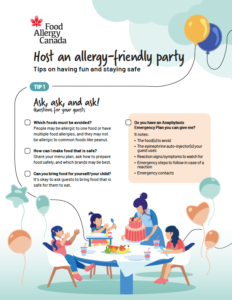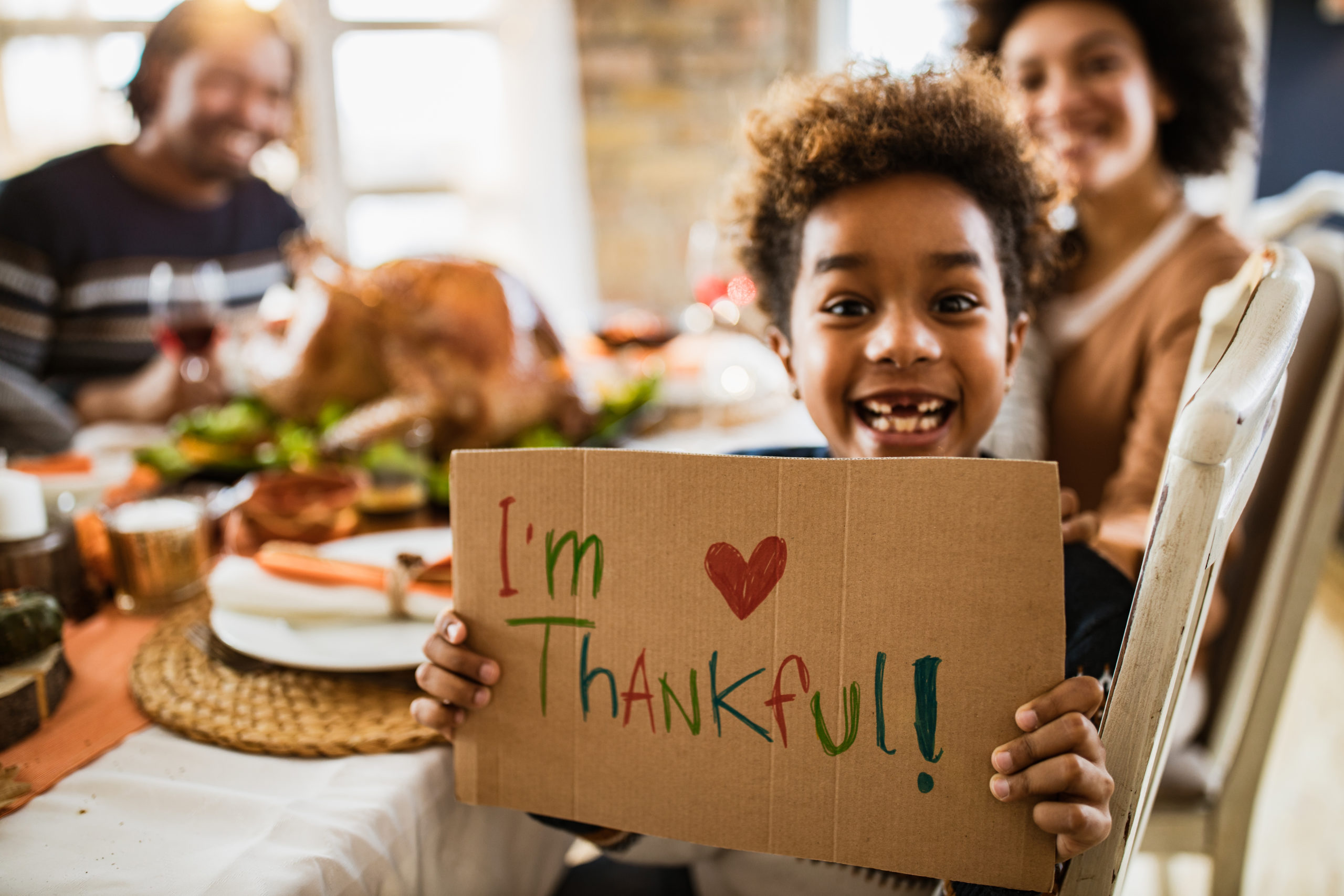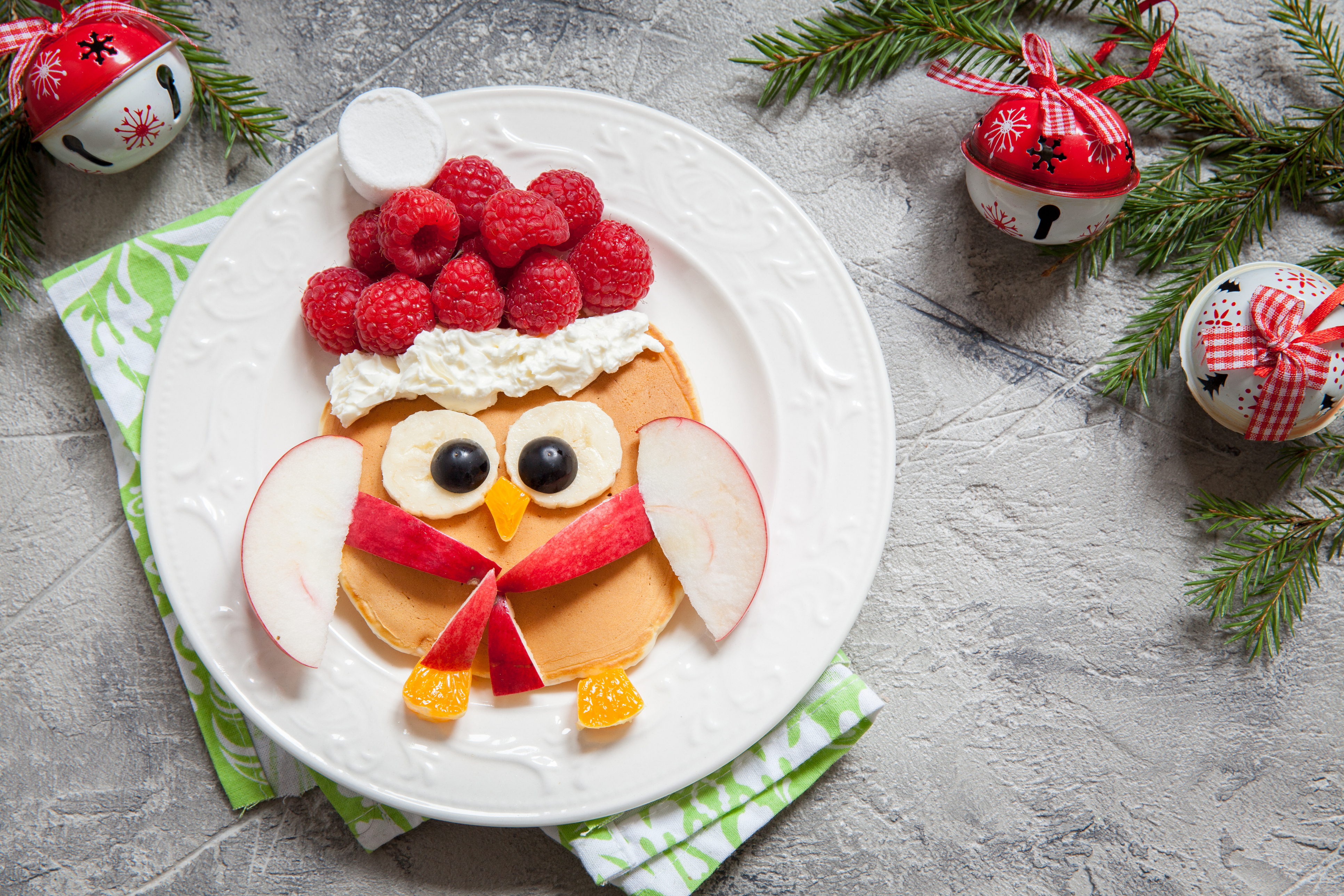10 tips to make holidays easier to manage:

Tip #1: Review how to celebrate safely with food allergy during this time. Check out our COVID-19, food allergy, and the holidays section for helpful tips.

Tip #2: If you’re planning on celebrating virtually with family or friends where someone is dropping off a meal kit, offer to purchase your own food so you can take the necessary steps to make sure the ingredients are safe for you/your child’s food allergy. Remember to follow the triple check when reading food labels.

Tip #3: Hosting a party or going to one in your social bubble? Be sure to discuss the menu, safe food preparation and (if your child has asthma) any triggers in the home such as pets or woodsmoke. Download our new tip sheet that you can share with party hosts to help them prepare for a fun and safe party. Share our NEW tip sheet.

Tip #4: Talk to your child about what to expect and how they can manage their food allergy, what the meal plan is, and how to say “no” politely if they need to. Check out these extra tips from youth, parents, siblings and others.

Tip #5: Things can get messy at parties. Hand washing is one of the most effective ways to prevent cross-contamination from hands to mouth or eyes. Hand washing also helps reduce the spread of COVID-19!

Tip #6: Brush up on preventing reactions. Learn avoidance strategies to help reduce the risk of exposure to your food allergen – throughout the holidays and all year long!
Tip #7: Did you know that hives are not always present during an anaphylactic reaction? Watch our quick Anaphylaxis 101 video and review the signs and symptoms of an anaphylactic reaction.

Tip #8: Review you/your child’s emergency plan and what to do in case of a reaction. Remind your child that they should let you and others know if they are feeling unwell or they think they may be having a reaction.

Tip #9: Double-check that you/your child’s auto-injectors are up-to-date and review how to treat an anaphylactic reaction. If you’re not sure you’re experiencing anaphylaxis, it’s better to be safe and use your epinephrine auto-injector. Epinephrine is safe, don’t hesitate to use it.
Tip #10: Watch youth describe what it was like to have an anaphylactic reaction, and what lessons they learned. This short video highlights the signs and symptoms of anaphylaxis, the importance of using your epinephrine auto-injector, and what to do when reactions happen.




